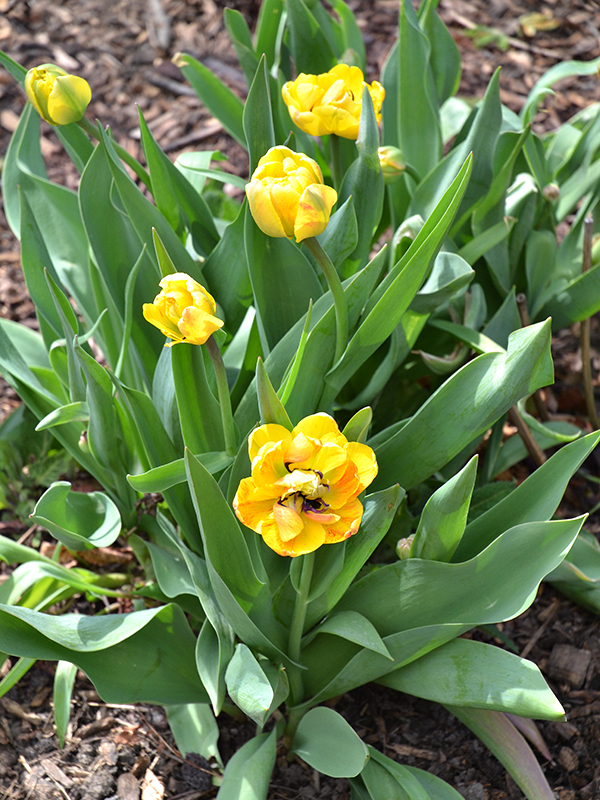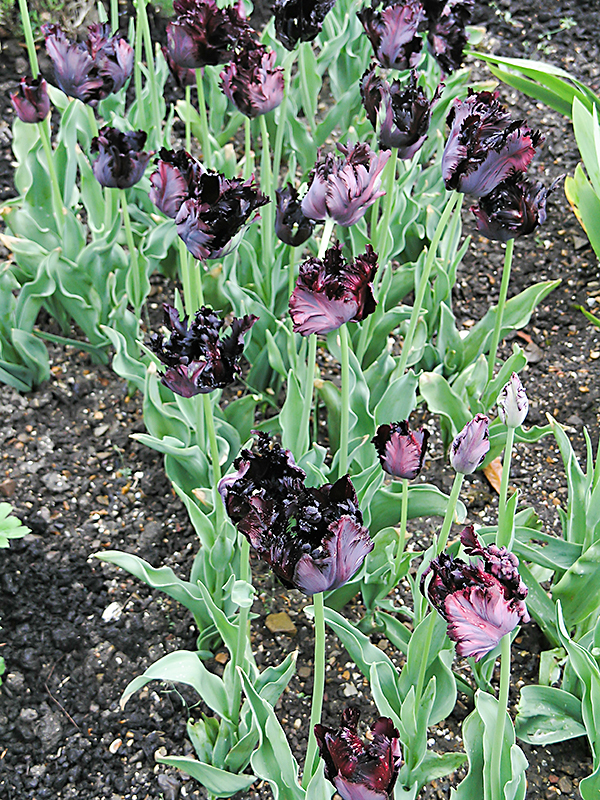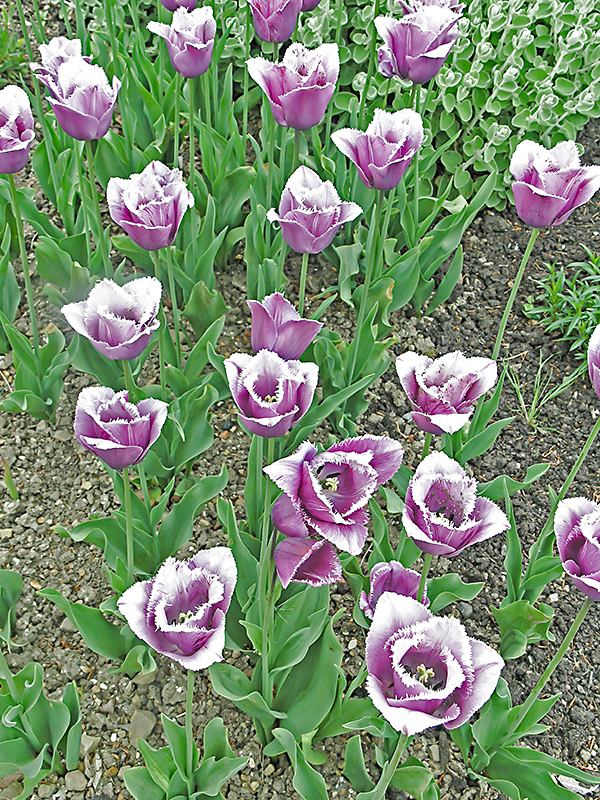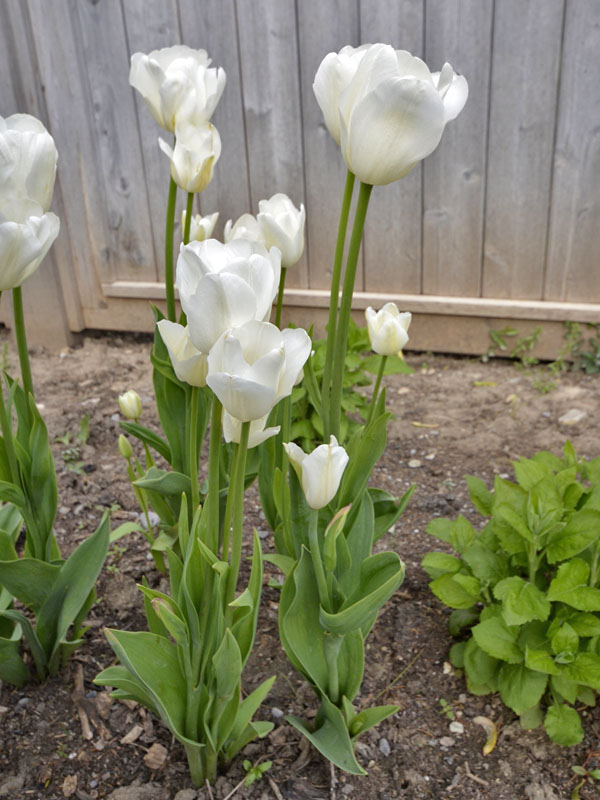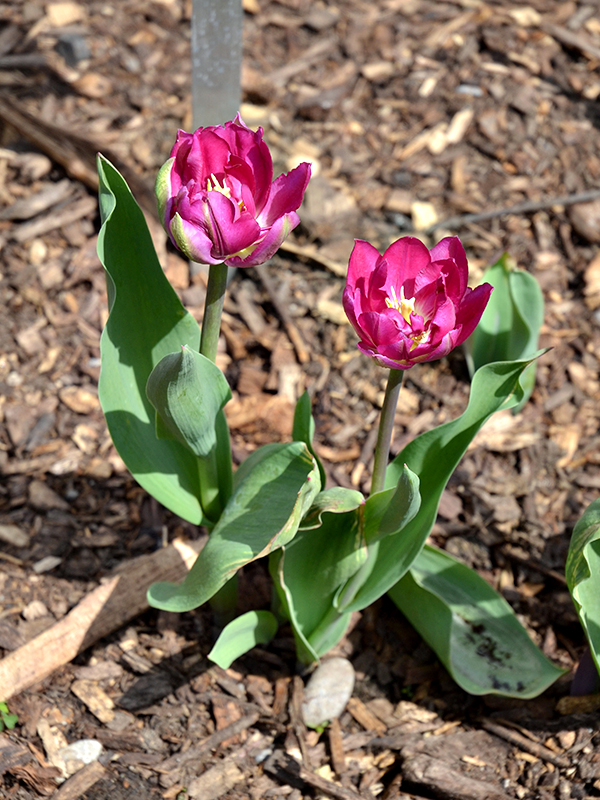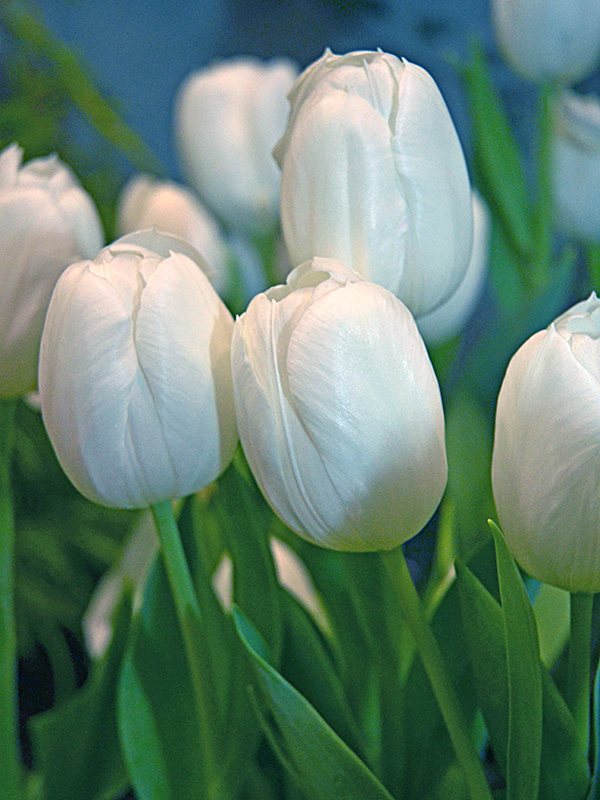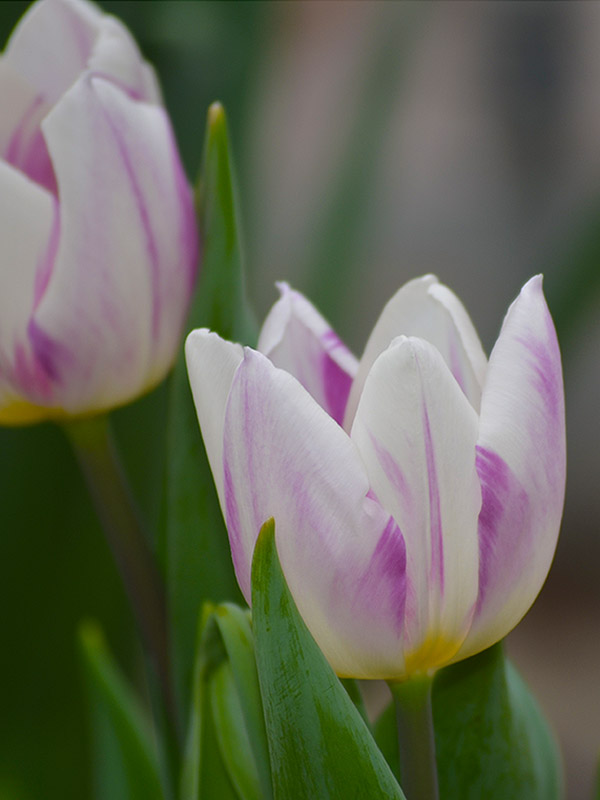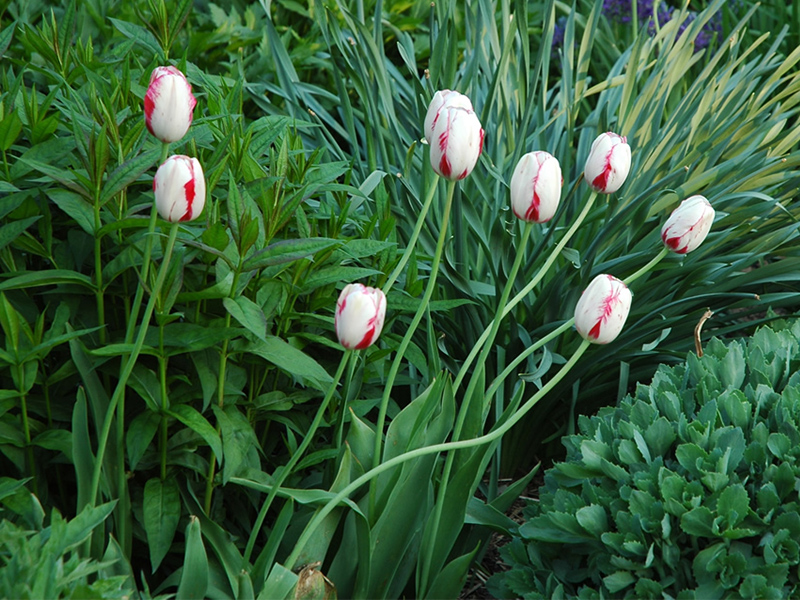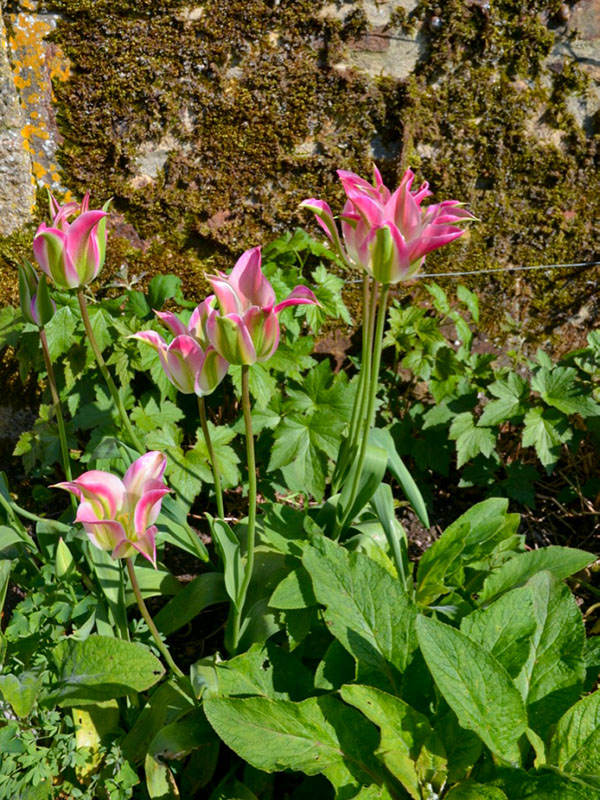
Bulbs, Perennials > Tulipa > Tulipa
Tulipa
Tulip
| Family |
| Liliaceae |
| Genus |
| Tulipa |
| Category |
| Bulbs, Perennials |
| USDA Hardiness Zone |
| 3 - 8 |
| Canadian Hardiness Zone |
| 1a - 7a |
| RHS Hardiness Zone |
| H6 - H7 |
| Temperature (°C) |
| -40 - (-9) |
| Temperature (°F) |
| -40 - 15 |
| Height |
| 20 - 60 cm |
| Spread |
| 15 - 25 cm |
Photographs
Description and Growing Information
Flowering Period
| General Description |
| A very popular spring flower, thus a large number of 'Tulip Festivals' have emerged to celebrate the return of spring. |
| Cultivation |
| Rich, fertile, well-drained soil in full sun. |
| Pests |
| Possible problems include: aphids, slugs, stem and bulb eelworm. Tulip fire is caused by a rapidly spreading fungus, Botrytis tulipae, affects all parts of the plant (leaves, stems and flowers). Leaves are malformed, developing in a twisted fashion. Leaves, stems and flowers develop tan or light brown spots. No fungicides are available, to remedy the condition remove and destroy any infected plants immediately. Do not plant tulips in affected area for 3 years. Tulip grey bulb rot is caused by the fungus Sclerotium tuliparum, (syn. Thizoctonia tuliparum). When infected, foliage may be malformed or fail to emerge. No fungicides are available, to remedy, remove and destroy affected bulbs. Do not plant tulips in affected area for 5 years. Tulip leaf spot is caused by Ilyonectia crassa which produces brown scaring on young leaves and leads to curing or holes when the leaf grows. No fungicides are available, to remedy, remove affected leaves and lower humidity around remaining foliage. |
| Flower Description |
| Found in all colours except true blue, these delicate flowers are generally cup-shaped with a tear-drop form. |
